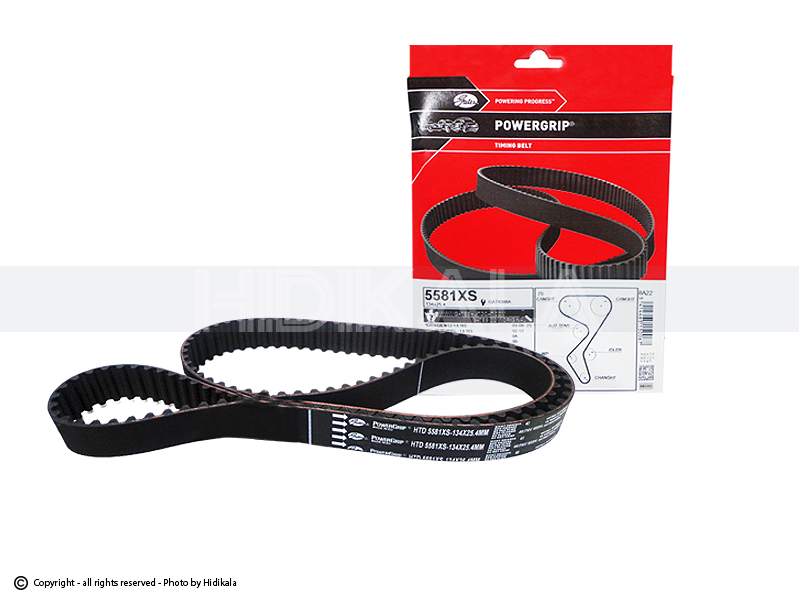
Early and accurate detection of cancer often determines how effectively it can be treated. Imaging technologies are therefore central to oncology, guiding everything from initial diagnosis to post-treatment monitoring. Two of the most frequently used techniques are ultrasound and computed tomography (CT) scanning. Each method offers distinct benefits: ultrasound provides real-time, radiation-free visualization, while CT scanning delivers precise cross-sectional views of internal structures. Understanding their differences helps clinicians and patients choose the most appropriate approach for every clinical scenario.
Understanding the Basics: How Each Technology Works
Ultrasound imaging operates through high-frequency sound waves transmitted into the body. When these waves encounter tissues or organs, they bounce back and are converted into digital images displayed on a monitor. Because the process uses sound rather than radiation, it is considered completely non-ionizing and safe for repeated use. Its safety profile is well established; for example, Ultrasound in Pregnancy has been trusted for decades to visualize fetal development without harming mother or child.
A CT scan, on the other hand, employs X-rays captured from multiple angles around the patient. Computer algorithms then reconstruct these signals into detailed cross-sectional images. CT offers exceptional clarity of bones, soft tissues, and blood vessels, making it invaluable in detecting tumors, assessing organ size, or evaluating internal injuries. The result is a three-dimensional map of the body that enables physicians to identify even millimeter-sized lesions.
Applications in Cancer Diagnosis
Both ultrasound and CT play vital—but distinct roles in oncology.
Ultrasound is typically the first-line imaging choice for evaluating superficial or soft-tissue masses. It excels in examining the breast, thyroid, testes, liver, and pelvic organs. Its ability to guide real-time needle biopsies makes it indispensable for sampling suspicious lesions safely and efficiently. Moreover, Doppler ultrasound can assess blood flow within tumors, offering additional clues about malignancy.
CT scanning, by contrast, is preferred for detecting deeper or more complex lesions. It can visualize the lungs, abdomen, pelvis, and skeletal system with remarkable detail. In cancer staging, CT helps determine the tumor’s size, its relation to adjacent organs, and whether metastasis has occurred. This information shapes both surgical planning and chemotherapy decisions.
Increasingly, clinicians combine the two modalities—using ultrasound to guide targeted biopsies and CT to evaluate disease spread—achieving a comprehensive view of each patient’s condition.
Advantages and Limitations of Each Method
Ultrasound: Strengths and Constraints
Ultrasound offers several advantages that make it a preferred first step in many diagnostic pathways. It involves no radiation exposure, is portable, and provides real-time dynamic imaging that allows physicians to observe organ movement and blood flow instantly. The equipment is also relatively affordable and widely available, which makes ultrasound an accessible tool even in smaller clinics or developing regions.
However, ultrasound’s effectiveness can be limited by operator skill and patient factors such as body composition. Sound waves do not travel well through air or bone, which restricts imaging of the lungs, brain, and gastrointestinal tract. Depth penetration is also limited; very large or deep-seated tumors may not appear clearly.
CT Scan: Strengths and Constraints
The CT scanner’s principal advantage is its exceptional detail. High-resolution, cross-sectional imaging allows clinicians to locate tiny nodules and measure tumor volume accurately. Scans are fast—often completed in under five minutes—and easily reproduced for follow-up comparison.
On the downside, CT involves ionizing radiation, which carries cumulative exposure risks if performed frequently. Patients may also need intravenous contrast dye to highlight blood vessels or soft tissues, and this dye can occasionally cause allergic reactions or affect kidney function.
When evaluating which technique to use, physicians weigh these trade-offs carefully, choosing ultrasound when safety and immediacy matter most, and CT when comprehensive anatomical mapping is required.
Safety Considerations and Patient Experience
Safety remains a top concern in diagnostic imaging. Ultrasound’s non-ionizing nature makes it one of the safest modalities available—precisely why Ultrasound in Pregnancy remains standard practice across the world. Scans are painless, require no special preparation, and can be performed bedside, offering exceptional convenience for fragile or pregnant patients.
CT scans expose patients to controlled levels of radiation, similar to what one might naturally accumulate over several months but concentrated into a short timeframe. Modern low-dose CT protocols have significantly reduced exposure while maintaining image quality. Patient comfort during CT exams is generally good, though lying still inside the scanner’s circular gantry for several minutes can feel confining for some individuals.
Both technologies have benefited from rapid innovation—ultrasound with improved AI-based imaging guidance, and CT with dose-reduction algorithms that make repeated scans safer for oncology patients.
Choosing the Right Imaging Method
Selecting between ultrasound and CT depends on multiple clinical factors.
- Location and nature of the suspected cancer: Superficial or soft-tissue masses (e.g., breast, thyroid, testicular) are often assessed first by ultrasound, while deep abdominal or thoracic tumors are best visualized with CT.
- Clinical urgency: For trauma or acute pain, CT provides immediate, comprehensive views that can reveal bleeding or metastasis.
- Patient characteristics: Ultrasound is safer for children, pregnant women, and those requiring repeated imaging.
- Resource availability: Ultrasound is more accessible in primary-care or rural settings, whereas CT is typically located in hospitals with specialized facilities.
In advanced oncology centers, physicians frequently combine both techniques—using ultrasound for guided biopsies or follow-up monitoring and CT for staging and treatment response evaluation. The synergy between these modalities maximizes diagnostic accuracy while minimizing patient risk.
Future Trends and Technological Integration
The boundary between ultrasound and CT is narrowing as technology advances. Portable ultrasound units with wireless connectivity now allow oncologists to perform scans at the bedside or even in outpatient clinics. Meanwhile, CT scanners are adopting artificial intelligence to automatically detect suspicious lesions and generate 3-D reconstructions in seconds.
Emerging hybrid approaches such as combining ultrasound with contrast-enhanced imaging or fusing ultrasound and CT data are enhancing precision in tumor localization and treatment planning. The result is a more personalized approach to cancer care, balancing image quality, safety, and accessibility.
Conclusion
Ultrasound and CT scans each occupy an essential role in modern cancer diagnostics. Ultrasound remains unmatched for real-time, radiation-free imaging of soft tissues and for guiding biopsies, while CT scans deliver unparalleled anatomical detail crucial for staging and surgical planning. Their complementary nature ensures that patients receive both safety and accuracy at every step of their journey.
By understanding how these technologies differ—and how they work together—patients and healthcare providers can make informed decisions that lead to faster diagnosis, effective treatment, and improved outcomes. As innovation continues, the same safety principles that make Ultrasound in Pregnancy so trusted will keep shaping the next generation of cancer imaging tools: precise, patient-centered, and profoundly life-saving.
- ۰ ۰
- ۰ نظر













 ایالت های آمریکا؛ نگاهی جامع به ساختار سیاسی و جغرافیایی ایالات متحده
ایالت های آمریکا؛ نگاهی جامع به ساختار سیاسی و جغرافیایی ایالات متحده بهترین مارک تسمه تایم ساندرو؛ مقایسه برندهای اصلی در سال ۱۴۰۴
بهترین مارک تسمه تایم ساندرو؛ مقایسه برندهای اصلی در سال ۱۴۰۴/139624430-56a75c643df78cf77294fd37.jpg) 7 کاربرد اساسی پلایی وود
7 کاربرد اساسی پلایی وود آیفون 11 پرومکس یا سامسونگ گلکسی نوت 10 پلاس؟ | طراحی |
آیفون 11 پرومکس یا سامسونگ گلکسی نوت 10 پلاس؟ | طراحی |/https://www.thestar.com/content/dam/thestar/news/world/2013/09/02/devils_breath_could_be_worlds_scariest_drug/angels_trumpets.jpg) نفس شیطان: ترسناک ترین ماده مخدر دنیا!! سریال قورباغه حقیقت دارد!
نفس شیطان: ترسناک ترین ماده مخدر دنیا!! سریال قورباغه حقیقت دارد! انواع چمن مصنوعی به همراه نکات طلایی!
انواع چمن مصنوعی به همراه نکات طلایی! ذات الریه چیست و چه علائمی دارد؟
ذات الریه چیست و چه علائمی دارد؟ تفاوت هولوگرام و لیبل اموال
تفاوت هولوگرام و لیبل اموال